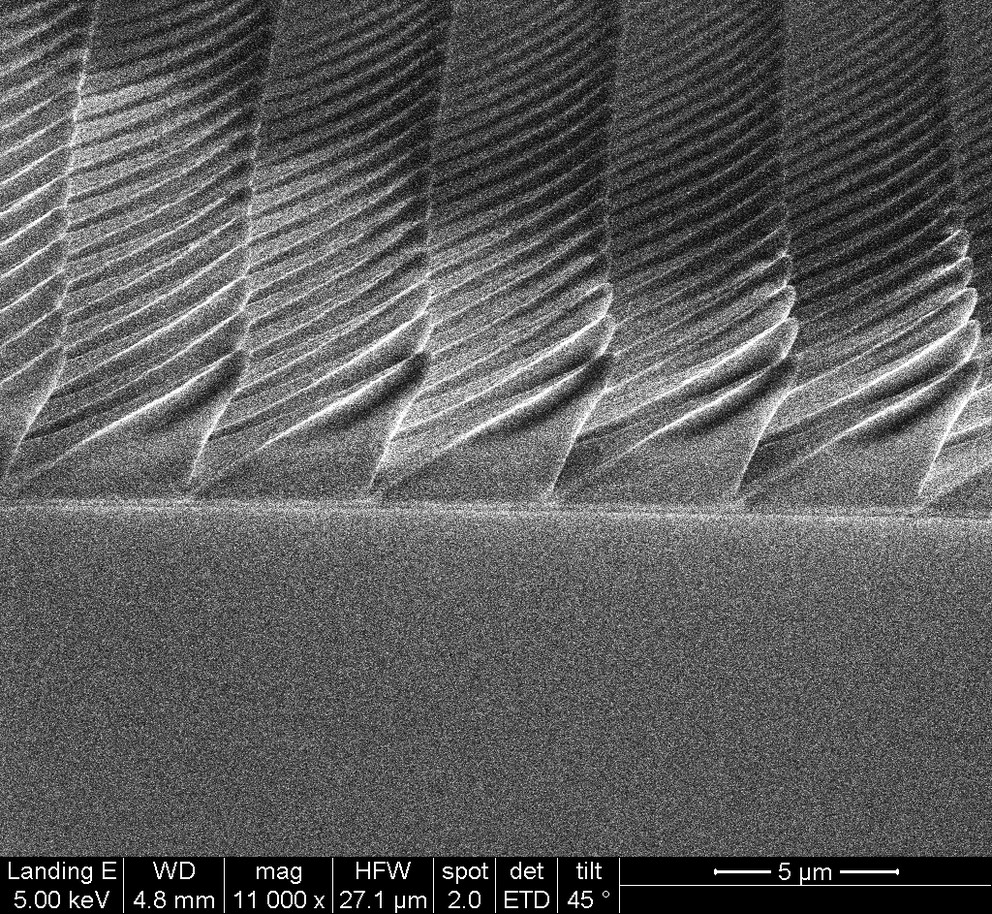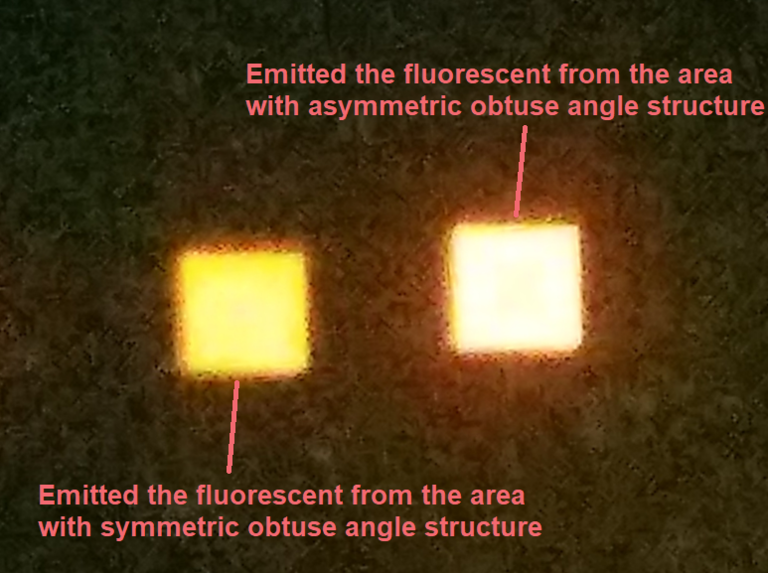The way fireflies light up their lanterns has become an inspiration to increase the efficiency of LED. Researchers at the Pennsylvania State University (Penn State) found out that LEDs made with firefly-mimicking structures could improve lighting efficiency.
Enhancing luminous efficiency of LED has been a research field for many scientists. Stuart (Shizhuo) Yin, professor of electrical engineering at Penn State, noted, "Overall commercial LED efficiency is currently only about 50 percent. One of the major concerns is how to improve the so-called light extraction efficiency of the LEDs. Our research focuses on how to get light out of the LED."
The research team noticed that fireflies and LEDs face similar challenges in releasing the light that they produce because the light can lost when it reflects backwards. One solution for LEDs is to texture the surface with microstructures -- microscopic projections -- that allow more light to escape. In most LEDs these projections are symmetrical, with identical slopes on each side.
Fireflies' lanterns also have these microstructures, but the researchers found out that the microstructures on firefly lanterns were asymmetric with one side slanted at different angles. The team noticed that other glowing insects have similar structures and decided to try the asymmetric structure approach with LEDs.

(Saphire surface with asymmetrical pyramids to produce more light in LEDs. Image: Penn State)
Researchers successfully applied asymmetrical microstructure and increase light extraction in two different ways. First, the greater surface area of the asymmetric pyramids allows greater interaction of light with the surface, so that less light is trapped. Second, when light hits the two different slopes of the asymmetric pyramids there is a greater randomization effect of the reflections and light is given a second chance to escape.

(Comparison between symmetric and asymmetric structure; image: Penn State)
With the method, the team managed to improve light extraction efficiency to 90 percent and filed a patent on the research. Researchers said that they are looking for cooperation with related manufacturers to commercialize the technology.
The finding was published online in Optik with printed edition releasing in April.













